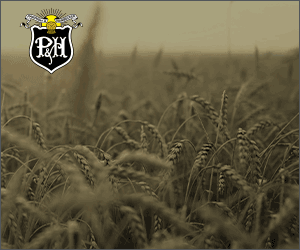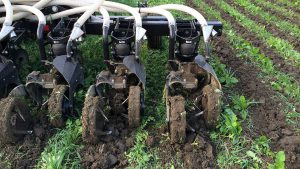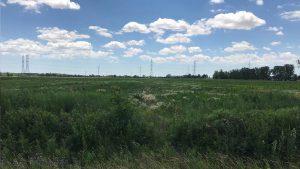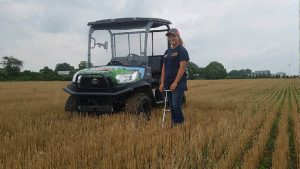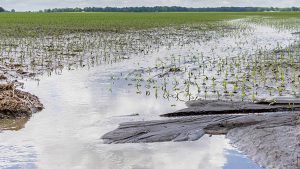Detoxifying DON
NEW SOIL BACTERIA RESEARCH
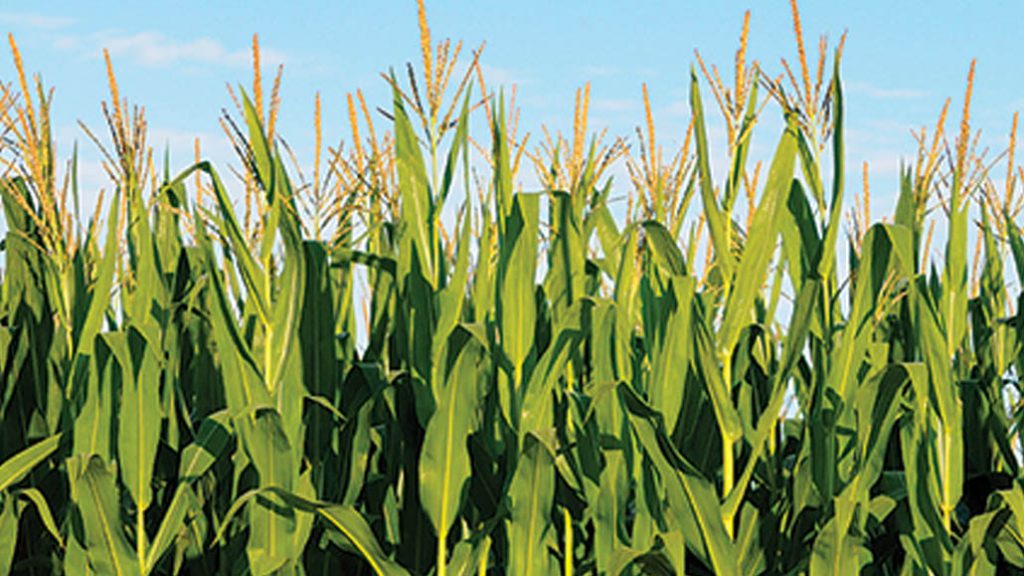
IN 2018, ONTARIO farmers battled one of the most severe DON outbreaks in corn.
Crops with vomitoxin levels above the accepted threshold can’t be sold into feed markets, which means growers get stuck shouldering big losses from unusable, unsellable grains or vying for alternative markets.
But what if there was a way to simply decontaminate DON-infected grain in order to make it marketable once again? That actually may not be too far off, says a research team from Agriculture and Agri-Food Canada (AAFC).
What they have recently discovered is a new bacterial species — found in soil samples from southern Ontario — that produces enzymes capable of converting DON to a virtually non-toxic form.
This, according to the researchers, is a major breakthrough that could help farmers and industry overcome one of their biggest challenges — especially when there haven’t been any workable solutions to date.
“We know that DON has been one of the most serious issues in corn and cereal crops for a long time,” says Dr. Ting Zhou, a leading research scientist with AAFC. “And though there’s been a lot of work on mycotoxins over the past years, there haven’t been many success stories — especially when we look at DON.”
He explains that DON’s molecular structure has made it extremely difficult to find bacteria that could effectively neutralize the mycotoxin.
CHALLENGES
Adding to the challenge is the fact that different bacterial species demand specific sets of conditions to survive. For example, one previously-discovered bacterium that showed promise needed to live in a completely anaerobic — or oxygen-free — environment.
Needless to say, it wouldn’t hack it in a typical Ontario field.
“Environmental conditions are a very important factor to consider,” explains Dr. Sankaran KrishnaRaj, director of Research Development and Technology Transfer at AAFC. “If a species of bacteria only works in anaerobic conditions, then you cannot use it in the field. Also, if the bacteria can’t survive at certain temperatures, that greatly limits your use to very specific conditions or scenarios.”
Compared with previous bacterial discoveries, the newly discovered bacterial species, known as Devosia mutans, can survive in the presence of oxygen, doesn’t require DON as a sole food source to grow, and is flexible enough to function at both low and high temperatures.
This, explains Zhou, allows the bacteria to be used in detoxifying DON from grains at several points throughout the season.
“The advantage of this particular technology is that you can use it throughout the season, in the field before harvesting grains, in the silo, or during processing for feed,” he says.
HOW IT WORKS
So, how does this newly-discovered bacteria actually work? Zhou and his fellow researchers found that it produces two enzymes that work in tandem to transform DON into a non-toxic form.
The first enzyme, called DepA, slightly changes DON’s chemical structure so that the mycotoxin is converted to a less-toxic form. From there, the second enzyme — called DepB — takes the detoxification process a step further and reduces DON down to the final product that’s essentially not toxic at all.
“The DON-detoxifying bacterium and enzymes provide us with an innovative technology for solving this persistent and devastating problem,” says Zhou. “There are also several possibilities for optimizing the delivery methods and applications that could benefit multiple industries.”
He adds that the bacteria could be well-suited to industrial applications, with the potential to add it, or the two purified DepA and DepB enzymes, to harvested grain in storage so that contamination can be reduced to levels acceptable for animal feed.
The researchers are also exploring the potential for applying the discovered bacteria or enzymes in the soil to detoxify DON as crops are growing, or as a foliar application to control the spread of the toxin-producing pathogen.
Zhou says their research provides a foundation for developing feed treatments — perhaps in the form of a liquid slurry — that could be added to liquid-feeding systems.
NEXT STEPS
In terms of next steps, KrishnaRaj says they are now looking into optimizing the genes within the bacteria that are responsible for producing the DON-detoxifying enzymes. A long-term output of such work could involve breeding DON-detoxification traits one day into crops.
Though, for the moment, the AAFC research team is seeking out partnerships with industry in hopes of moving their research from the lab bench to the field — and eventually on to commercialization.
“Partnering with industry would help ensure the bacteria and enzymes can be produced to suit a wide variety of different use cases, conditions, and potential products,” says KrishnaRaj. “This will help us better safeguard our food and animal feed supplies and deliver a major economic benefit to Canadian farmers.” •


